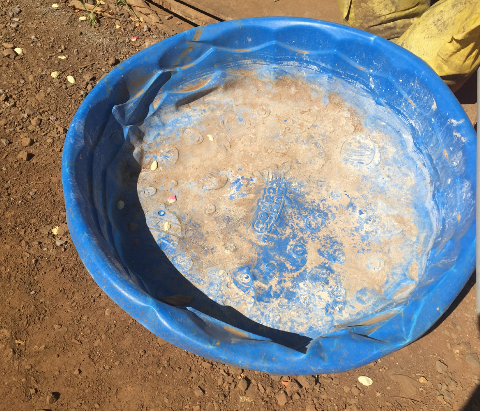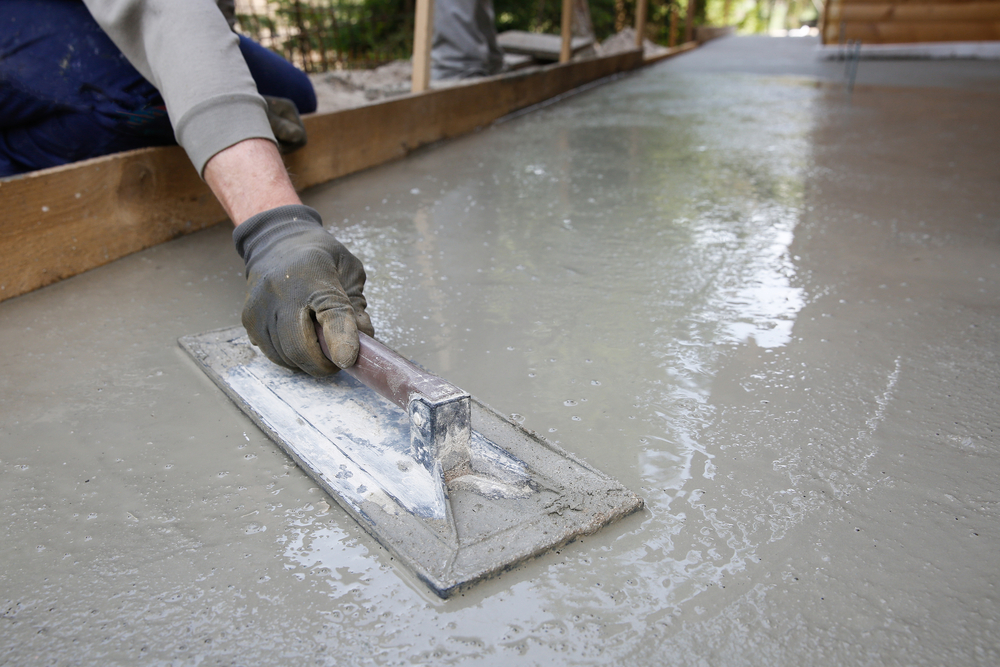Happy New Year! The new year is a great time to set household goals – like completing that long-awaited home improvement project that has been on your to-do-list for a while. No matter the size of a construction project, whether it be redesigning a highway or making home renovations, best management practices (BMPs) should be in place to prevent hazardous materials and waste from discharging into the ground, the drainage system, or open water bodies.
One of the most widely used materials on construction sites is concrete. It is used in various applications ranging from state roadways to offices and homes due to its durability and strength. Although concrete has many benefits, cementitious materials and wash water are highly toxic to humans and our local wildlife. Proper storage and handling are essential when working with concrete on your home projects to ensure the safety of yourself and the environment.
Here are some tips to keep in mind when working with concrete on home projects.
Tips:
- Properly store cement-based materials under cover and away from storm drain inlets and nearby waterways.
- Designate a concrete washout area. This area will be specifically used to wash concrete-coated equipment and dump any excess concrete. The washout should be sufficiently sized so that no overflow can occur due to inadequate sizing or precipitation.
- The designated washout area shall be a temporary pit (below grade) or a level bermed area (above grade). A simple and inexpensive option is to use a child-sized play pool as your concrete washout area.

- Concrete washouts must be lined with an impermeable material like plastic sheeting so that any concrete waste and wash water cannot escape the containment.
- If you are working on a larger project, consider using a commercially available system approved to capture wash water.
- Do not allow concrete liquid waste on the ground, into the storm drainage systems, or into water bodies. The liquid waste needs to evaporate out.
- To properly dispose of concrete debris, bring it to an approved solid waste permitted facility that accepts construction and demolition (C&D) waste.
- Make sure to regularly inspect materials and equipment to make sure no leaks or spills have occurred.


